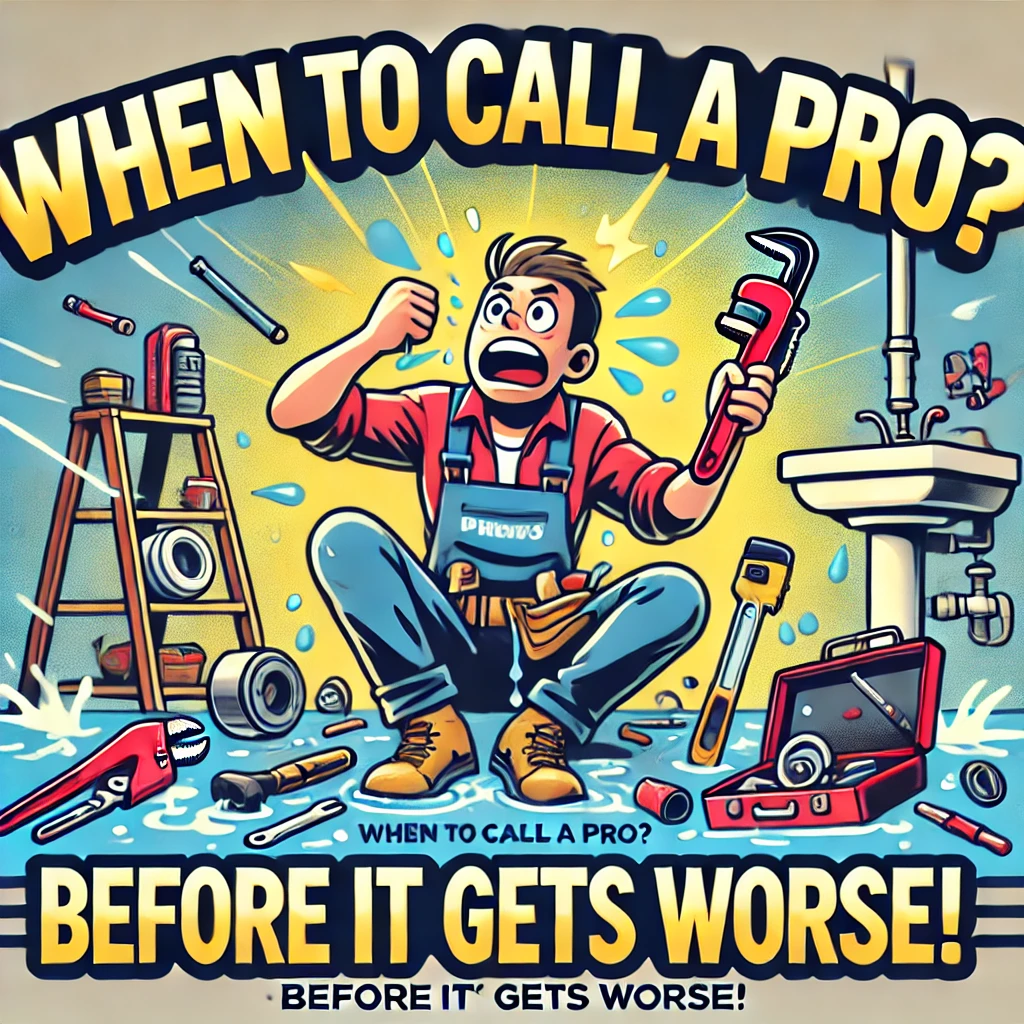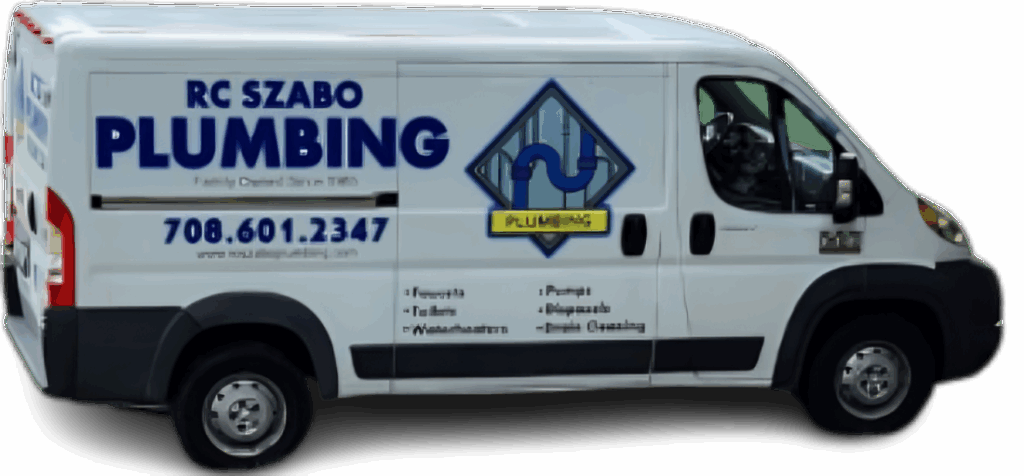
A running or leaking toilet isn’t just a minor annoyance—it can lead to significant water waste, higher bills, and potential damage to your home. In this comprehensive guide, you’ll learn how to identify the signs of a running toilet, understand the common causes, and discover effective repair solutions to stop leaks and save money.
Top Signs Your Toilet is Running or Leaking
- Constant Sound of Running Water
If you hear water running long after flushing, your toilet might be leaking. This issue is often due to a faulty flapper or fill valve. - Water Trickling into the Bowl
Notice a steady trickle of water in the bowl? This is a clear indicator that your toilet is leaking, possibly due to a deteriorating flapper. - Unexpectedly High Water Bills
A sudden spike in your water bill could be caused by an undetected toilet leak, which can waste hundreds of gallons of water daily. - Frequent Refill Sounds
If you regularly hear your toilet refilling, even when not in use, this suggests a slow leak from the tank. - DIY Leak Detection Test
Add a few drops of food coloring to your toilet tank. If the color appears in the bowl without flushing, you have a leak.
For more on how leaks impact water conservation, check out the EPA’s guide on water efficiency.

Common Causes of a Running or Leaking Toilet
- Worn-Out Flapper
The flapper is crucial for controlling water flow between the tank and bowl. A worn-out flapper may not seal properly, leading to leaks.- Fix: Replace the flapper with a new one from your local hardware store. Ensure the water supply is turned off before replacing it.
- Faulty Fill Valve
The fill valve controls the water entering the tank. If it’s faulty, the tank may overfill and leak.- Fix: Adjust or replace the fill valve. Make sure the water level is below the overflow tube.
- Improperly Set or Damaged Float
The float dictates the water level in the tank. If it’s set too high, water will overflow.- Fix: Adjust the float to correct the water level or replace it if damaged.
- Loose or Worn-Out Gaskets
Gaskets between the tank and bowl can degrade over time, causing water leaks.- Fix: Tighten or replace the gaskets to stop the leak.
For a more detailed guide, refer to HUD.Gov Healthy Homes Maintenance Checklist, which provides additional insights on home repairs and maintenance.

When to Call a Professional Plumber
While many toilet issues can be fixed with DIY efforts, there are times when professional help is necessary:
- Persistent leaks despite DIY fixes.
- Complex repairs requiring specialized tools.
- Presence of mold or structural damage due to long-term leaks.
At R.C. Szabo Plumbing & Sewer, we offer expert plumbing services to quickly resolve any toilet issues, ensuring your home stays leak-free and efficient.
Conclusion
Addressing a running or leaking toilet promptly is essential to prevent water waste and avoid costly repairs. By understanding the signs of a leaking toilet and knowing how to fix common issues, you can keep your home’s plumbing in top shape. Remember, if you’re unsure about a repair or if the problem persists, it’s best to contact a professional.
For reliable plumbing services, visit R.C. Szabo Plumbing & Sewer and let our team handle your plumbing needs with expertise and care.
R.C. Szabo Plumbing & Sewer
Plumbers in Midlothian, IL 60445
708-601-2347
Please leave us a Google Review or check out past reviews here!
[Facebook](RC Szabo Plumbing | Midlothian IL)
[LinkedIn](LinkedIn Login, Sign in | LinkedIn)



